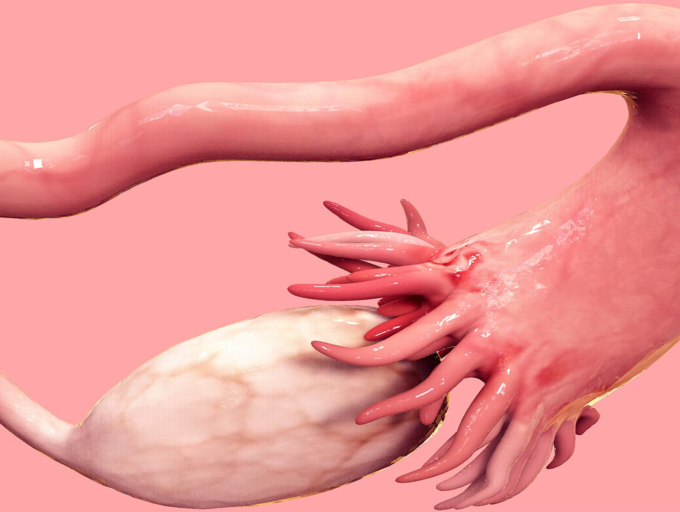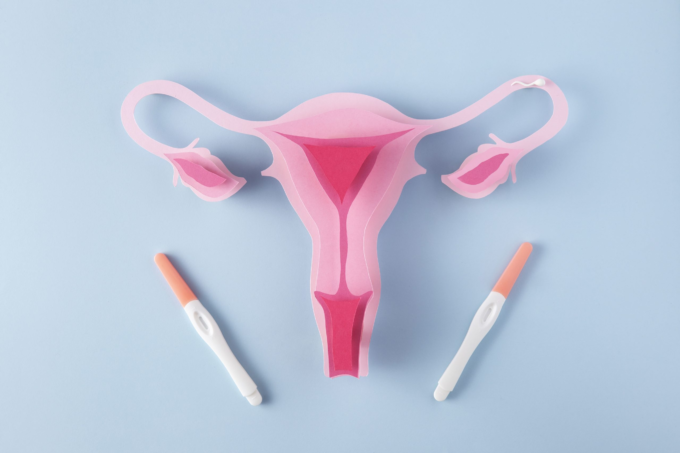Hydrosalpinx is an alteration where one or both Fallopian tubes are blocked and dilated due to an accumulation of liquid inside, usually due to a previous infection.
This condition is often bilateral, and even when hydrosalpinx affects just one tube, the other tends to be abnormal at some point.
Hydrosalpinx causes infertility since blockage of the Fallopian tubes will likely stop the sperm from finding the patient’s egg to fertilize it. If it happens somehow, however, it also obstructs the path of the fertilized egg into the uterus thus increasing the risk of ectopic pregnancy.

Read about hydrosalpinx directly from one of our assisted reproduction specialists:
Main hydrosalpinx symptoms
Although a large number of patients with hydrosalpinx are asymptomatic (in most cases this is an incidental finding), hydrosalpinx is characterized by producing:
• Chronic or recurrent pelvic pain
• Intermittent abdominal discomfort
• Infertility
Hydrosalpinx causes
Hydrosalpinx is often caused by chronic infections of the fallopian tubes. In most cases these are caused by sexually transmitted diseases such as gonorrhea or chlamydia, which may go undetected for years, slowly damaging the tubes.
Other infection causes include:
• Prior surgeries (especially tubal surgeries, such as tubal ligation reversal surgery)
• Pelvic adhesions
• Intrauterine devices (IUDs) used as a contraceptive method
• Endometriosis
• Previous ectopic pregnancies
How is hydrosalpinx diagnosed?
In addition to a physical examination and analysis of the patient’s medical history, there are three ways to diagnose hydrosalpinx:
- Transvaginal ultrasound. This easy-to-perform procedure allows the specialist to observe the presence of liquid inside the tubes.
- Hysterosalpingography (HSG). This is an X-ray procedure where a contrast material is injected into the uterine cavity to examine the fallopian tube’s openness degree. If the tubes are permeable, the liquid spills at their ends. If they are blocked, however, they become wider by the trapped liquid, giving them a sausage-like aspect.
- Laparoscopic surgery. A small incision is done in the patient’s abdomen through which a device containing a tiny video camera is inserted. This camera is then used to examine the fallopian tubes in search of possible dilations
Laparoscopic surgeries (as well as hysterosalpingography) are usually performed under general anesthesia which entails certain risks to the patient. Therefore, at Ingenes we recommend a transvaginal ultrasound, as it involves no risks for the patient. It is quicker, less invasive, and just as effective in diagnosing hydrosalpinx as the other two techniques.

Treatments to achieve pregnancy in patients suffering from hydrosalpinx
In-Vitro Fertilization (IVF) is the recommended treatment in women suffering from hydrosalpinx since it allows our specialists to obtain the eggs directly from the patient’s ovaries. These eggs are fertilized under controlled laboratory conditions to generate embryos with higher implantation potential, which are then transferred back into the patient’s uterus.
Since In-Vitro Fertilization (IVF) bypasses the passage of the gametes and the embryo through them, it makes the fallopian tubes no longer indispensable. It also offers greater pregnancy probabilities when compared to other available treatments.
Hydrosalpinx can have adverse effects on vitro fertilization success rates due to the presence of toxic substances in the embryo. Therefore, in most cases, a hysteroscopy is done to create a blockage (closing of the tubal orifices) which prevents the passage of liquid to the uterine cavity and the consequential embryo damage. In more severe cases (when the hydrosalpinx is over 3 cm), the damaged tube can be removed through laparoscopic surgery before beginning treatment.

